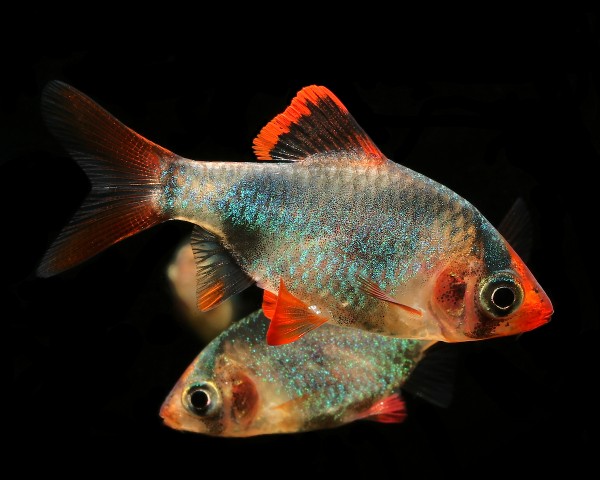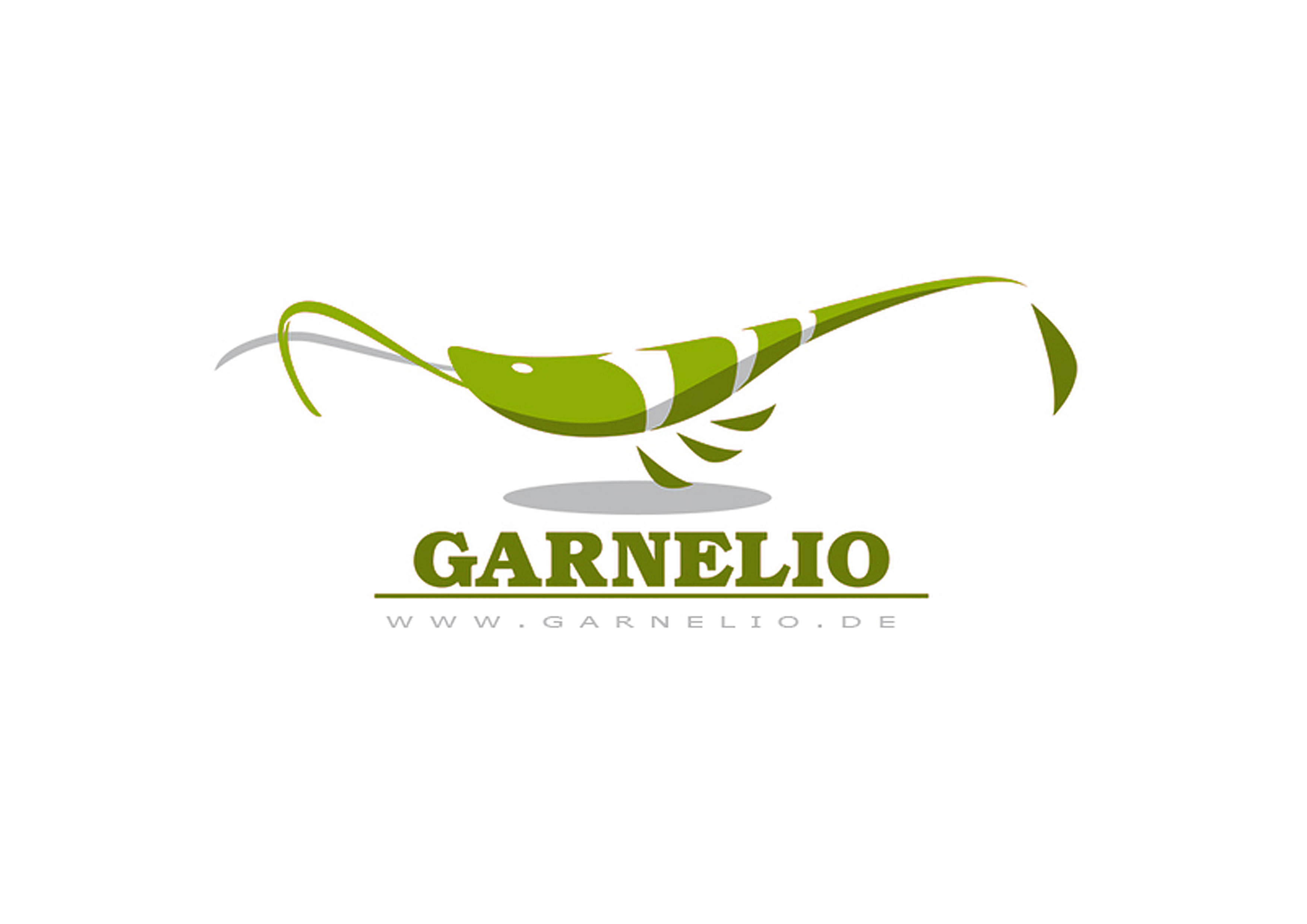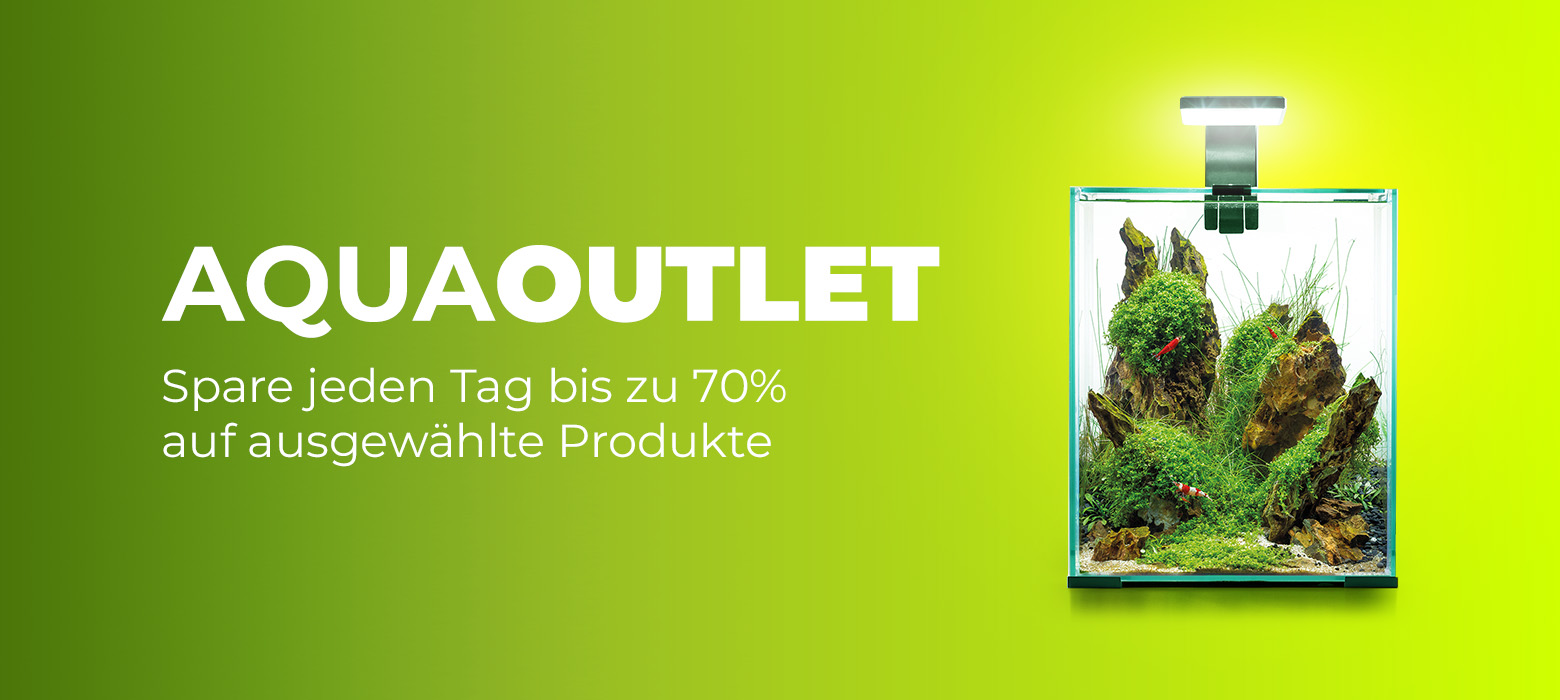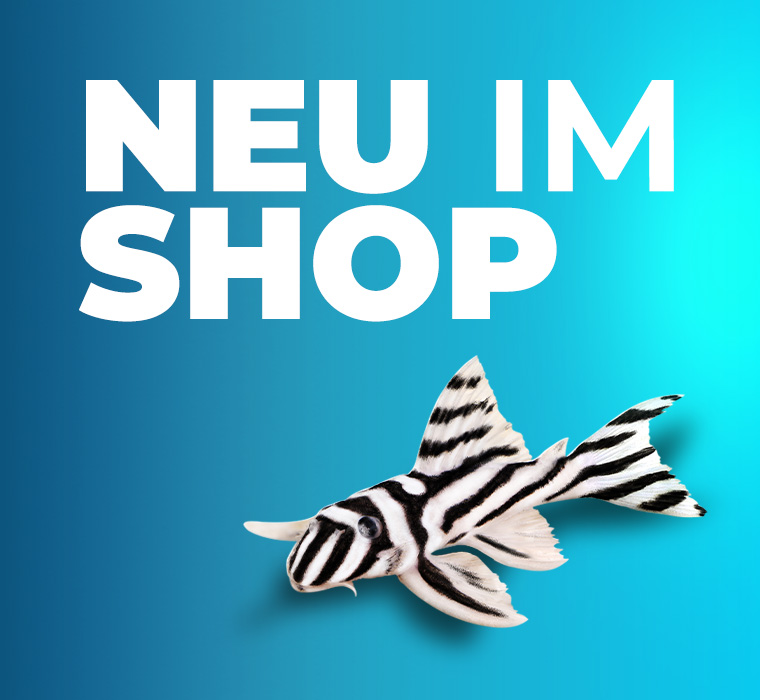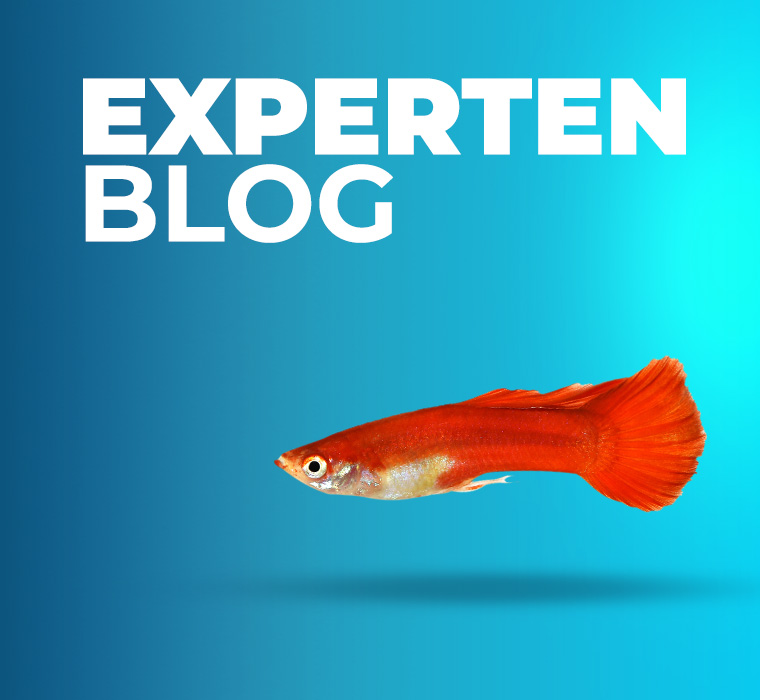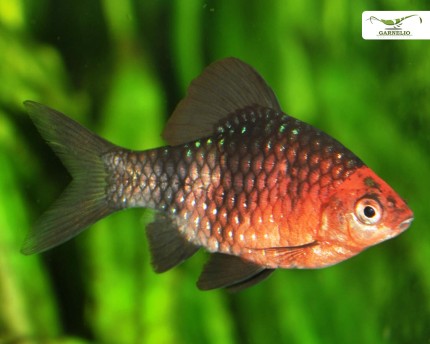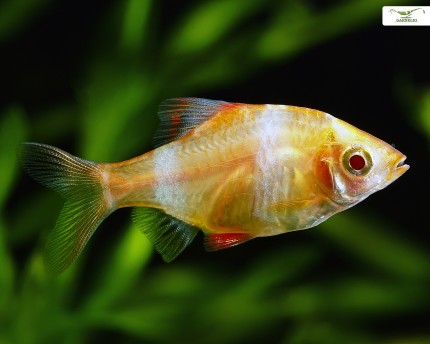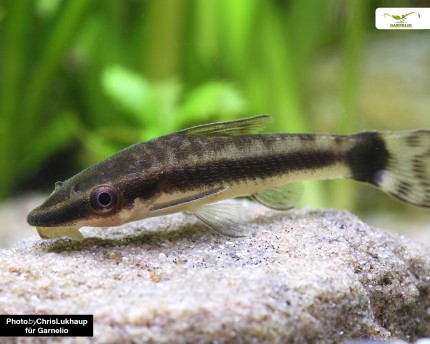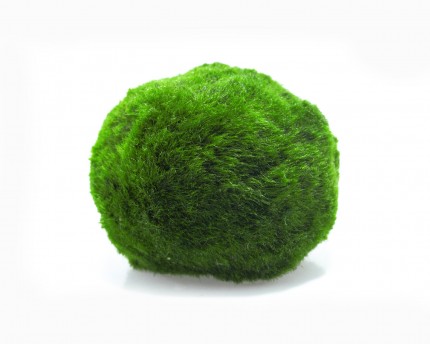incl. VAT plus shipping costs
Currently not available
Delivery only innh. Germany and Austria possible.
Switch to the German store
- Item no: 7719
Fast delivery times
All products are in stock with us!14 years of breeding experience
Let our team of experts advise you!High customer satisfaction
from over 3,000 reviews "| Water values: | soft to hard |
| Breeding: | simply |
| Temperature: | 20-25 °C |
| Behavior: | Active |
| with fish?: | Yes, with peaceful fish |
| Fish group: | Barbs |
| with shrimps?: | with shrimps from 4-6 cm size |
| Planting possible?: | conditional* (see description) |
| Aquarium size: | 100 l (approx. 80cm) |
| Diet: | omnivorous - omnivorous |
| Origin: | Asia |
| Visual effect: | Especially colorful |
| with snails/shells?: | Yes |
| Final size: | 4-8 cm |
| Difficulty: | 1 - Simple |
| Feature: | dynamic group behavior |
| with large crabs?: | No |
| with dwarf crabs?: | No |
| Pelvic region: | Center |
| with crabs?: | No |
Gold/blue Sumatran barbs are another great color variation of Barbus tetrazona, the striped Sumatran barb, which can occasionally be found in the trade as Puntius cf. tetrazona. Originally from stagnant and slow-flowing waters of Borneo and Sumatra, they primarily inhabit the weedy riparian zones in their habitat. As adaptable and simple fishes they can be maintained well also by beginners. The gold-blue Sumatra barbs aquarium fish have a high-backed, fully scaled body with narrow sides and a scaleless red head. On top of the light base coloration, they have faint black bands, one of which runs from the nape of the neck over the eye. They have an iridescent shimmer depending on the incidence of light. The ventral and pectoral fins are red. The dorsal and anal fins exhibit black transparency with a reddish fringe, and the first dorsal fin ray may also be colored red. The caudal fin is transparent with the outer rays being reddish.
Males and females can already be distinguished by their appearance. The dorsal fin of males is more intensely colored, whereas females appear somewhat paler, but with a more massive body. The strong spawn predators lay their eggs as free spawners in the whole aquarium and eat these also directly at opportunity again. For breeding, a selected pair should be transferred to a rearing aqu arium prepared with, for example, java moss and returned after spawning. Predominantly the Gold Blue Sumatra Barbs spawn in the early morning hours. After about 48 hours the larvae hatch and can be fed and reared with slipper lizards and Artemia nauplii.
As schooling fish the Gold Blue Sumatra Barbs should be kept in groups, we recommend a school size of at least 6 animals. They have a conspicuous social behavior within the species with rank order, which they constantly clarify. Group keeping with excess females is recommended. Since they are territorial and dominant in the aquarium, they should be socialized with assertive fish.
Your aquarium should offer at least an edge length of 80 cm and be well structured. Sumatran barbs are scurrying and hectic companions that are on the move all day. Therefore, visual protection and territorial markings should be formed in the form of roots and stone structures, a dense background and edge planting in places, as well as shaded corners that still allow enough swimming space, supports the retreat for lower-ranking animals. Very fine plants may be eaten under certain circumstances.
The water should have a total hardness (GH) between 2 and 20 °dGH, and a pH of 6.5-7.5. The Golden Blue Sumatran Barb does not prefer any particular water zone and is also an aggressive omnivore, prone to obesity and may dispute the food of its fellow fish. These should therefore be fed separately. Due to their light feeding habits, the substrate in particular requires regular and thorough care with a mulch bell, as well as regular water changes.
Since Sumatran barbs like to pounce on wriggling animals, socialization with invertebrates is not recommended. Further by-fish should be from similar water conditions and also have a similar behavior, so that the Sumatra Barb does not "put them against the wall". Other color forms of the Sumatra barbs would be conceivable. Catfish are compatible as company, but may need to be monitored daily and fed if necessary. Male Gold Blue Sumatran barbs tend to be quarrelsome among themselves. A socialization with long-finned by-fish is to be refrained from - the Sumatra barbs possibly tug at it until the corresponding by-fish falls ill and possibly dies.
As omnivores, the Gold Blue Sumatran Barb can be easily fed in the aquarium with commercially available granulated food, dry food and flake food for omnivorous fish. In any case, they will be the first at the buffet, which is why by-fish must be fed separately. Live and frozen foods such as artemia, daphnia, enchytraea, mosquito larvae and grindalworms will be readily accepted. In a community tank, consider feeding the barbs in a corner at the water's surface so bottom dwellers have the opportunity to pick up their food.
Our feed recommendation: The NatureHolic Main Feed is a professional staple feed for all aquarium fish. Main feed we supply in the form of soft granules, which thanks to its grain size of half a millimeter can be easily absorbed by small to medium sized fish. The soft consistency resembles the texture of insect larvae in nature and protects the fish mouth from micro-injuries.
Our plant recommendation: For planting, use NatureHolic InVitros. These are free of snails, planaria and other unwanted co-inhabitants. Also free of algae spores, bacteria and fungi.
Expert Tip: We recommend for fish keeping the NatureHolic 3 Phase Liquid. The care set offers the best all-round protection for your animals. It ensures optimal conditions for successful breeding and keeping.
| Scientific name: | Barbus tetrazona |
| German Name: | Gold Blue Sumatran barb, Sumatran barb, Bornean barb |
| Difficulty level: | for beginners |
| Origin/Distribution: | Singapore, Southern Malay Peninsula |
| Coloration: | high-backed carp species with light base color, faint banding, turquoise iridescent scaling, eye banding, red mouth |
| Age expectancy | 4-6 |
| Water parameters: | GH 2-20, KH , pH 6.5-7.5, temperature |
| Tank size: | from 80 cm |
| Food | Omnivorous, granulated food, flake food, live and frozen food such as daphnia, artemia, grindalworms, mosquito larvae |
| Breeding | medium |
| Behavior | territorial and aggressive towards conspecifics |
| Group size | at least 6 animals |
| Further information | Ten typical aquarium fish for beginners and alternatives to them, Tips for acclimating fish to the aquarium, Feeding aquarium fish properly - cheap food and what it can do |
- Item no: 7719
- EAN No.: 7427061497212
Entdecke die Garnelio Welt!
Garnelio gehört zu den größten Onlineshops für wirbellose Aquarientiere weltweit.
Viele Artikel gibt es exklusiv nur bei uns im Shop.

